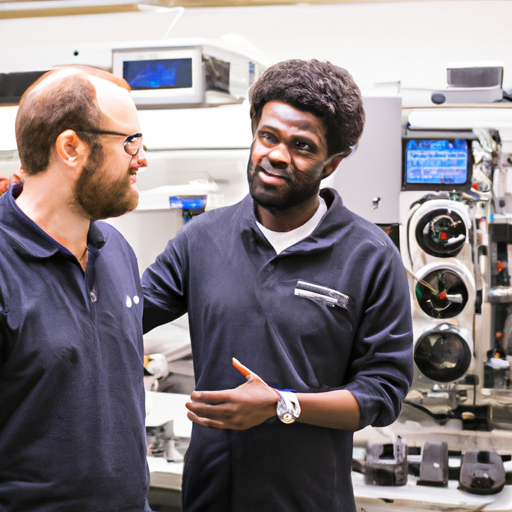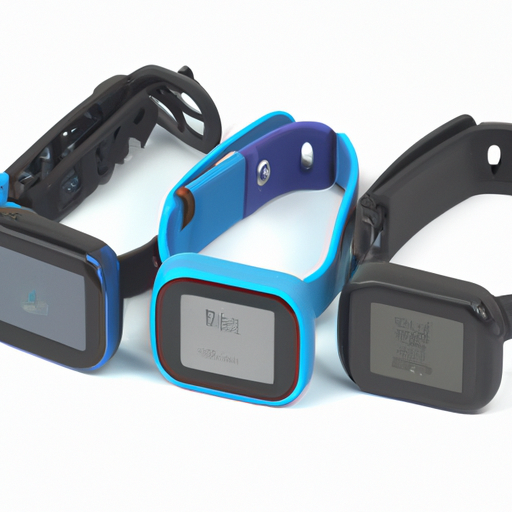In today’s rapidly evolving manufacturing landscape, Digital Twins are emerging as a game-changing technology. As part of Industry 4.0, digital twins play a crucial role in integrating the physical and digital worlds, allowing manufacturers to optimize production processes and drive efficiency. In this article, we will explore what digital twins are, how they work, and their impact on the manufacturing sector.
What are Digital Twins?
A Digital Twin is a virtual representation of a physical product, process, or system, created using real-time data and analytics. This technology utilizes Internet of Things (IoT) sensors to gather data from the physical environment and feed it into the digital model. The digital twin reflects the current state and behavior of its physical counterpart, enabling manufacturers to simulate scenarios, predict outcomes, and make informed decisions.
How Digital Twins Work in Manufacturing
Digital twins work by integrating various technologies, including:
- 3D Modeling: Creating a detailed virtual model of the physical object.
- Data Analytics: Using analytics tools to interpret the data collected from sensors.
- Simulation: Running simulations to test various scenarios and optimize processes.
This integration allows manufacturers to track the lifecycle of their products, analyze performance, and identify potential issues before they occur.
Benefits of Digital Twins in Manufacturing
The implementation of digital twins in manufacturing offers several significant benefits:
- Improved Efficiency: By analyzing real-time data, manufacturers can optimize processes and reduce waste.
- Predictive Maintenance: With ongoing monitoring, companies can anticipate equipment failures and schedule maintenance accordingly, reducing downtime.
- Cost Reduction: By identifying inefficiencies and potential failures early, manufacturers can save costs associated with production and repairs.
- Enhanced Product Development: Digital twins allow for rapid prototyping and testing, enabling faster product development cycles.
Real-World Applications of Digital Twins
Several leading manufacturing companies are already leveraging the power of digital twins:
- Siemens: Utilizes digital twins in their manufacturing departments to enhance product design and production processes.
- General Electric: Employs digital twin technology for predictive maintenance in their aircraft engines.
- Boeing: Uses digital twins to monitor the flight performance of their aircraft and ensure safety and efficiency.
Challenges and Future of Digital Twins
While the advantages of digital twins in manufacturing are clear, there are challenges to their widespread adoption. These include data security concerns, the need for skilled personnel, and integrating legacy systems with new technologies. However, as innovation continues, we can expect further advancements in digital twin technology, making it more accessible to manufacturers of all sizes.
Conclusion
Digital twins represent a critical advancement in smart production and Manufacturing. By bridging the gap between the physical and digital realms, they enable companies to streamline operations, enhance product development, and stay competitive in the ever-evolving market. Embracing this technology is not just a trend but a crucial step towards the future of manufacturing.
Are you ready to harness the power of digital twins in your manufacturing processes? Start exploring this innovative technology today!




